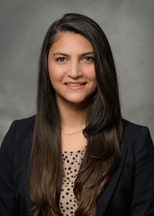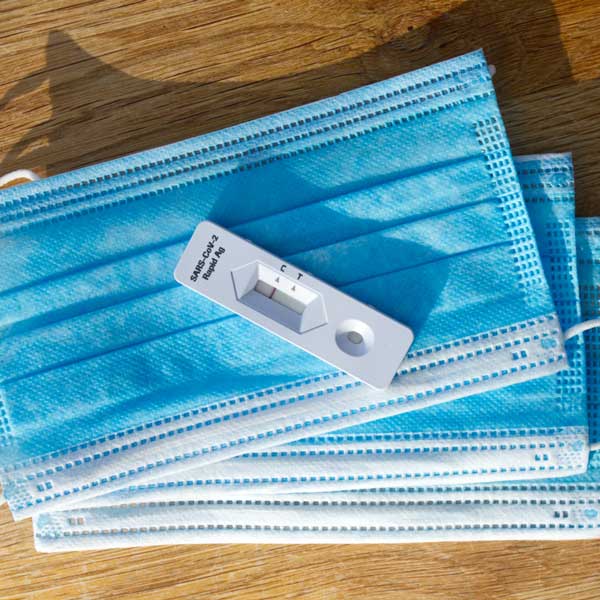By:
Saba Zafar, Esq.
and
Jaimee K. Wellerstein, Esq.
Cal/OSHA first adopted its Emergency Temporary Standards (“ETS”) over a year ago to address concerns about COVID-19 in the workplace. The latest Cal/OSHA revised ETS will go into effect January 14, 2022. The new ETS, which you can find here, aligns with the California Department of Public Health’s requirements for wearing face masks indoors regardless of vaccination status, and includes changes to return to work criteria as well as certain revised definitions. Employers are advised to review the revised ETS and make changes to their current COVID-19 Prevention Program, as necessary.
What Has Not Changed in the ETS?
Employers must still establish, implement, and maintain a written COVID-19 Prevention
Program that includes the following:
- Identifying and evaluating employee exposures to COVID-19 health hazards.
- Implementing effective policies and procedures to correct unsafe and unhealthy conditions.
- Allowing adequate time for handwashing and cleaning frequently touched surfaces and objects.
Employers must provide effective training and instruction to employees on how COVID-19 is spread, infection prevention techniques, and information regarding COVID-19-related benefits that affected employees may be entitled to under applicable laws.
What Has Changed in the Revised ETS?
1. Face Coverings (consistent with California’s updated mask mandate in place from December 15, 2021 through January 15, 2022)
All employees must wear face coverings indoors regardless of their vaccination status. Face coverings made out of fabric must have at least two layers and not allow light to pass through when held up to a light source (with certain exceptions for accommodations).
Employees who are exempted from wearing a face covering due to a medical/mental health condition or disability and cannot wear a non-restrictive alternative must physically distance at least six feet from others and either be fully vaccinated or tested at least weekly for COVID-19. Such testing must be during paid time and at no cost to the employee.
2. Testing and Exclusion
Employers are now required to make COVID-19 testing available at no cost and during paid time to employees who were fully vaccinated before the close contact with a COVID-19 case occurred, even if they are asymptomatic.
During outbreaks and major outbreaks, employers must now make weekly testing (outbreaks) or twice-weekly testing (major outbreaks) available to asymptomatic fully vaccinated employees in the exposed group.
Employees who have recently recovered from COVID-19 and those who are fully vaccinated are not required to be excluded from the workplace after close contact but must wear a face covering and maintain six feet of physical distancing for 14 calendar days following the last date of contact.
3. Return to Work
The period of time before an employee can return to work after close contact or COVID-19 illness was revised to be consistent with current California Department of Public Health (“CDPH”) guidelines. These time frames are supposed to automatically update if CDPH updates their guidelines pursuant to the Governor’s executive order. Incidentally, fourteen (14) days after the revised ETS were published, CDPH revised its quarantine period. Additionally, the County of Los Angeles Department of Public Health (“LADPH”) also issued a revised Order on December 31, 2021 shortening the quarantine time period (discussed below).
What Does This Mean For Employers?
While Cal/OSHA has not (yet) revised the ETS to reflect the shorter time period, and the CDPH states that employers are subject to the ETS, the Governor’s Executive Order allows employers to follow the CDPH or local jurisdiction quarantine period rather than the ETS when the CDPH or a local jurisdiction requires a shorter quarantine period. The quarantine period and requirements for employees to return to work following exposure under the CDPH, LADPH and ETS are as follows:
California Department of Public Health
For Persons Who Tested Positive for COVID-19
These persons should stay home for at least five (5) days. Isolation can end after day five (5) only if symptoms are not present or are resolving and a diagnostic specimen collected on day five (5) or later tests negative. Without a test, isolation can end after day ten (10) so long as symptoms are not present or are resolving. If a person has a fever, then they should continue to isolate until fever resolves. Persons should continue to wear a well-fitting mask around others for a total of ten (10) days.
For Persons Who are Exposed to Someone with COVID-19
These persons should stay home for at least five (5) days and test on day five (5). Quarantine can end after day five (5) if symptoms are not present and a diagnostic specimen collected on day five (5) or later tests negative. If no test is taken, then quarantine can end after day ten (10). These persons should wear a well-fitting mask around others for ten (10) days.
For Persons Who Are Exposed to Someone with COVID-19 but are Vaccinated
If a person has received a booster or is vaccinated and not yet eligible for a booster, then they do not need to quarantine. They should, however, test on day five (5) and wear a well-fitting mask around others for ten (10) days. If they test positive, then they should follow the guidelines above.
County of Los Angeles Department of Public Health
For Person Who Test Positive for COVID-19 and are Symptomatic
These persons should self-isolate and only end the isolation after day five (5) if at least five (5) days have passed since the symptoms first appeared, the person’s symptoms have improved and they are fever free, and they have a negative COVID-19 test result from a specimen collected on day five (5) or later.
The first day that a person experiences symptoms is counted as Day zero (0).
For Persons Who Test Positive and are Asymptomatic
These persons may end their isolation after day five (5) if at least five (5) days have passed since their positive COVID-19 viral test, the person has remained symptom free, and they have a negative COVID-19 test result from a specimen collected on day five (5) or later.
The day the person tests positive for COVID-19 is day zero (0).
Applicable to All person Who Test Positive
If a person cannot test then they can end their isolation on day ten (10) so long as their symptoms are resolving or are not present and not have a fever.
For Persons Suspected of Having COVID-19
If a healthcare provider informs a person that they may have COVID-19, then the person must isolate until five (5) days have passed since their symptoms appeared, and their symptoms have improved. Notably, they are fever free. Additionally, the person must test negative for COVID-19 from a specimen collected on day five (5) or later.
Alternatively, this person may end their isolation once a healthcare provider reassesses they diagnosis and concludes that the person does not have COVID-19 and at least twenty-four (24) hours have passed since they have been fever free.
Cal/OSHA Emergency Temporary Standards
Cal/OSHA has not changed the return to work guidelines for employees with COVID-19 but as discussed above, employers can comply with the CDPH and/or LADPH (or guidance from their local jurisdiction instead). It is notable, however, that the CDPH and LADPH requires testing in certain circumstances, and ETS does not.
Employees who had a close contact but never developed symptoms may return to work after 14 days have passed unless one of the following occurs (in which case they can return sooner):
- Ten days have passed after close contact and the employee wears a face covering and maintains 6 feet distance from others while at the workplace for 14 days after the last date of contact.
- Seven days have passed since the last known contact and the person tested negative for COVID-19 based on a specimen taken at least 5 days after the last known close contact, and the person wears a face covering and maintains 6 feet distance from others while at the workplace for 14 days after the last date of contact.
4. Revised Definitions
Definitions have been revised to be more consistent with federal OSHA, including the following:
- “COVID-19 test” now includes specific instructions for workers using a test at home with self-read results. The employer or a telehealth professional must observe the test results.
- “Face coverings” was updated to include more specific detail on the different types of acceptable face coverings.
- “Fully vaccinated,” now mentions the minimal amount of time workers need to wait between the first and second shot of a two-dose vaccine.
Employer Takeaway:
In light of the revised ETS, CDPH Order, and local jurisdiction’s orders on isolation and quarantine, employers should revise, disseminate, and implement an updated COVID-19 Prevention Plan, and ensure COVID-19 protocols are in compliance.
The information and regulations regarding COVID-19 are emerging rapidly. Since the date of this publication, there may be new or additional information not referenced in this Employer Alert. As rules and regulations related to COVID-19 remain in flux, the attorneys at Bradley, Gmelich & Wellerstein LLP are here to answer any questions you have. Please always consult with your legal counsel before implementing any changes. We are here to help.
[1] It is important to note that Cal/OSHA’s ETS is separate and distinct from the federal Occupational Safety and Health Administration’s (OSHA) Emergency Temporary Standard (federal ETS), which is discussed here and here.

Saba Zafar, Esq. is Special Counsel in Bradley, Gmelich & Wellerstein LLP’s Employment Law Department. Saba has over a decade of experience as an attorney, primarily in employment law. Saba focuses her practice of providing strategic advice and counsel in all aspects of employment law and workplace matters, including drafting and implementation of HR policies and procedures, Employment Handbooks, providing advice to clients on personnel issues as well as general business matters.
Prior to joining the firm, Saba was a Senior Counsel providing advice and counsel to mid-sized to large businesses on employment law compliance and day-to-day employment issues, including implementing policies and procedures, employee classifications, employment separations, managing and disciplining employees, and COVID-19 rules and regulations. Saba also handled a wide variety of employment matters in state and federal court, including cases involving wrongful termination, discrimination, and wage related cases.
In her spare time, Saba has volunteered as a Mediator for the Department of Consumer Affairs and the Orange County Human Resources Department. She was also a Volunteer Tutor for Schools on Wheels, tutoring elementary school students on skid row in Los Angeles. Prior to practicing law, Saba was a Judicial Extern for California Court of Appeal, Second Appellate District.
In her free time, Saba enjoys embarking on culinary adventures and catching up on new television shows.

Jaimee K. Wellerstein, Esq. is a Partner at Bradley, Gmelich & Wellerstein LLP, and the Head of the firm’s Employment Department. Jaimee concentrates her practice in representing employers in all aspects of employment law, including defense of wage and hour class actions, PAGA claims, discrimination, retaliation, harassment, wrongful discharge, misclassification, and other employment related lawsuits. She also provides employment counseling and training in all of these areas.
Jaimee routinely represents employers in federal and state courts and in arbitration proceedings throughout the state, as well as at administrative proceedings before the Equal Employment Opportunity Commission, the California Department of Labor Standards Enforcement, the United States Department of Labor, and other federal and state agencies.
Jaimee assists as a Legal Advisor to CALSAGA, and is a member of ASIS International. She is rated AV-Preeminent by Martindale-Hubbell, the highest peer rating available. jwellerstein@bgwlawyers.com

